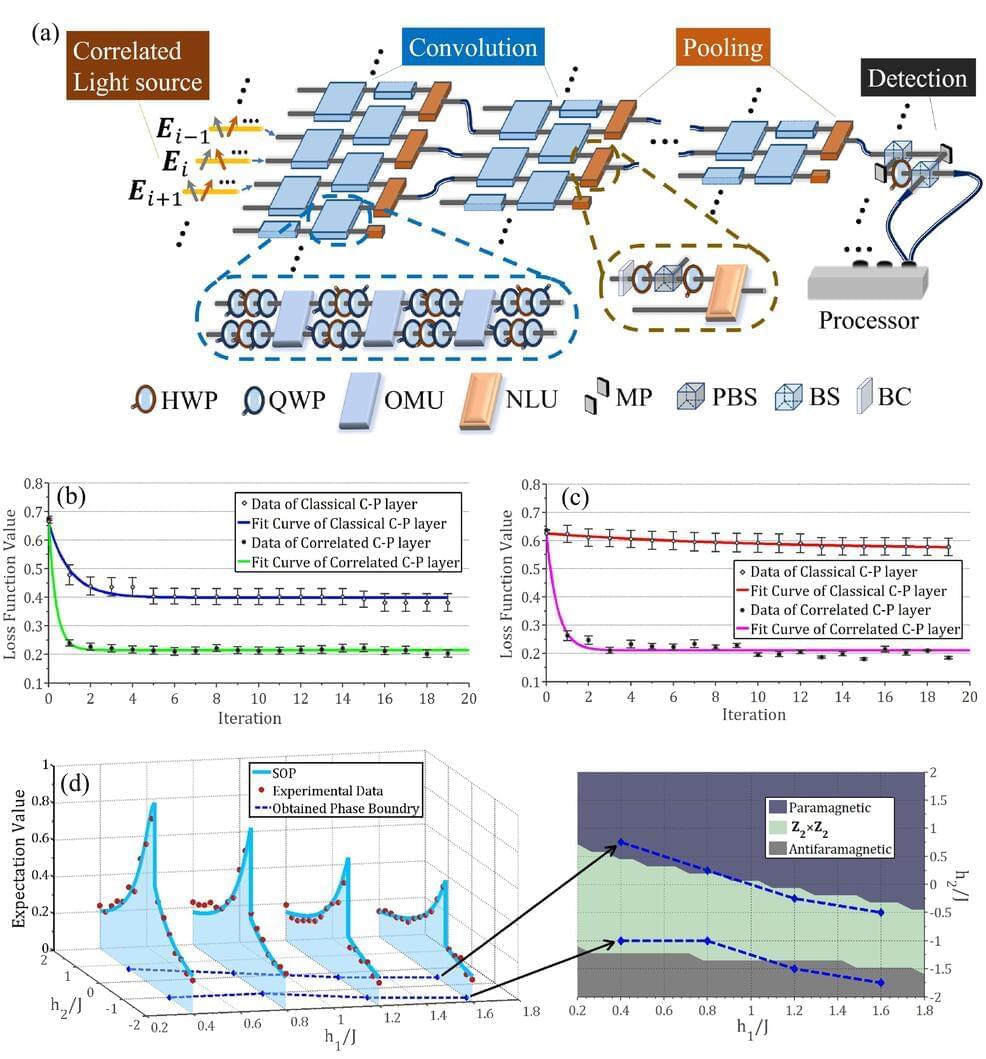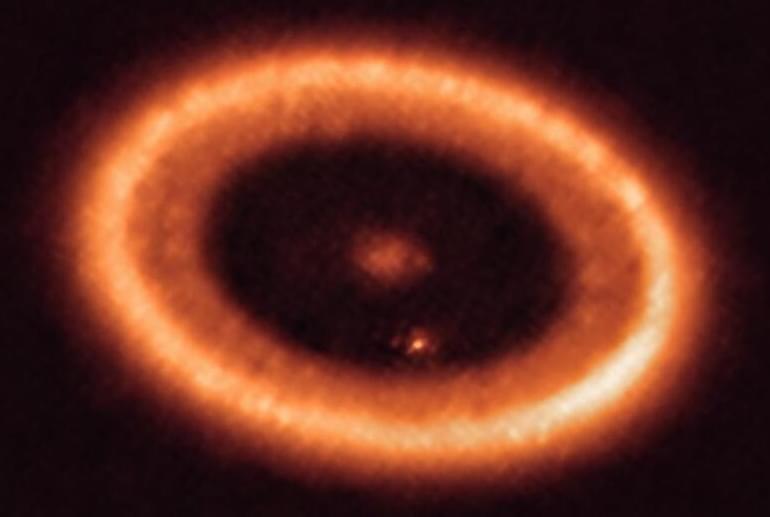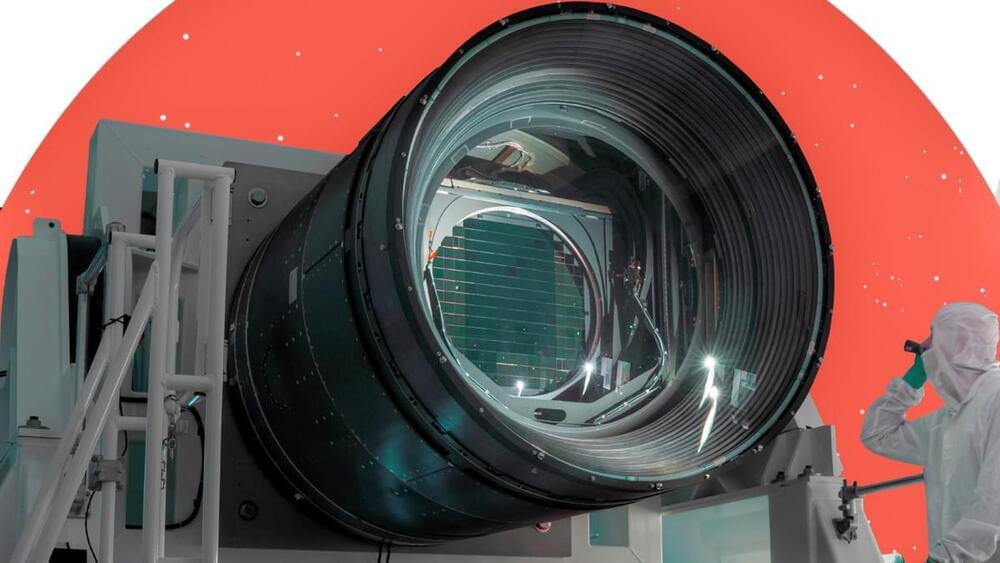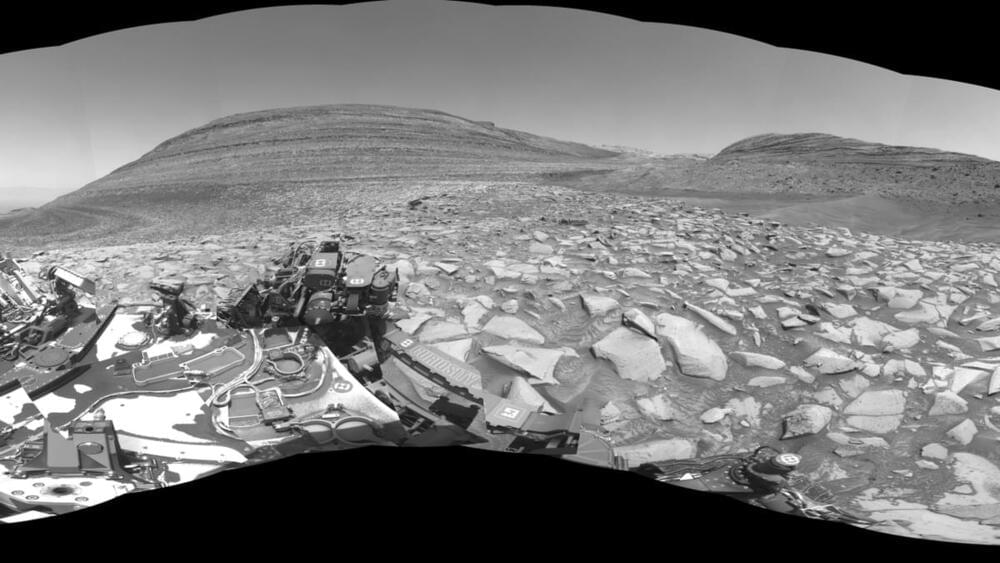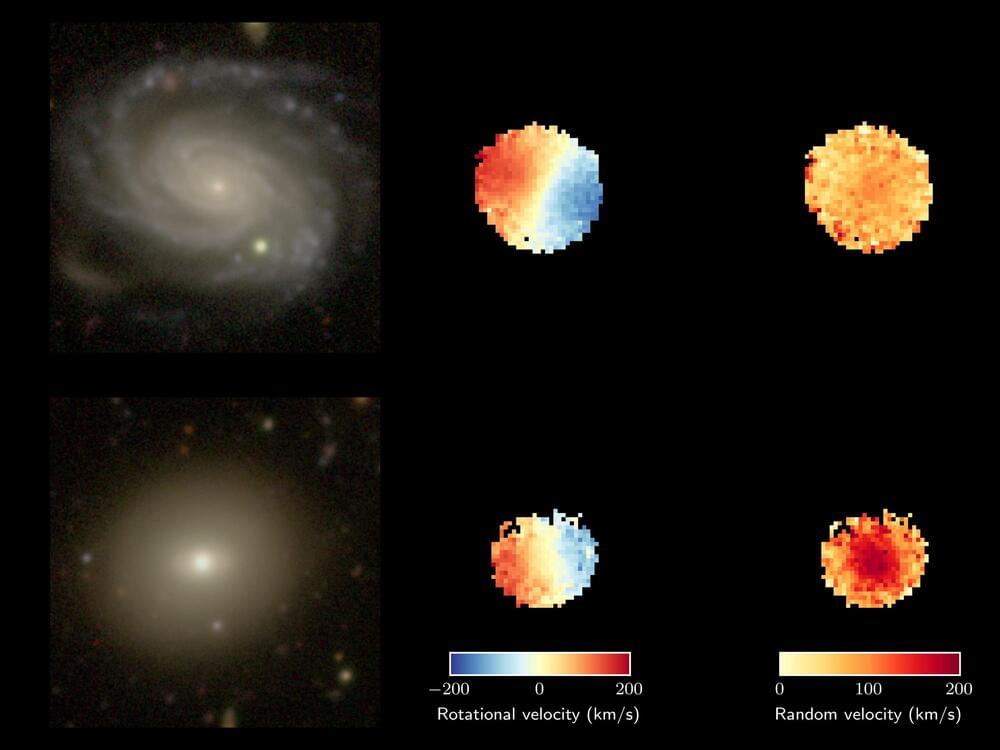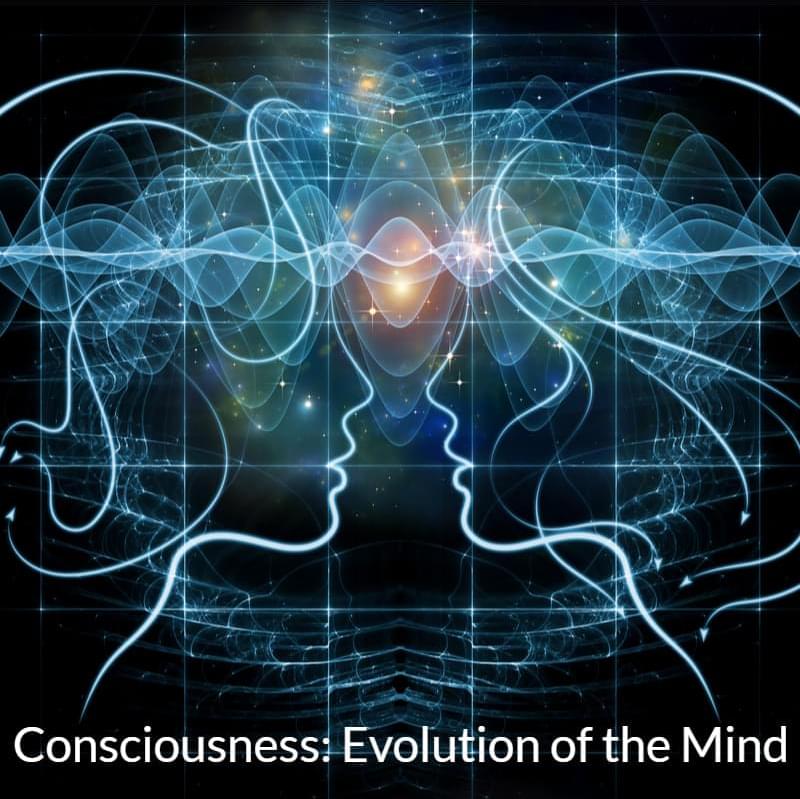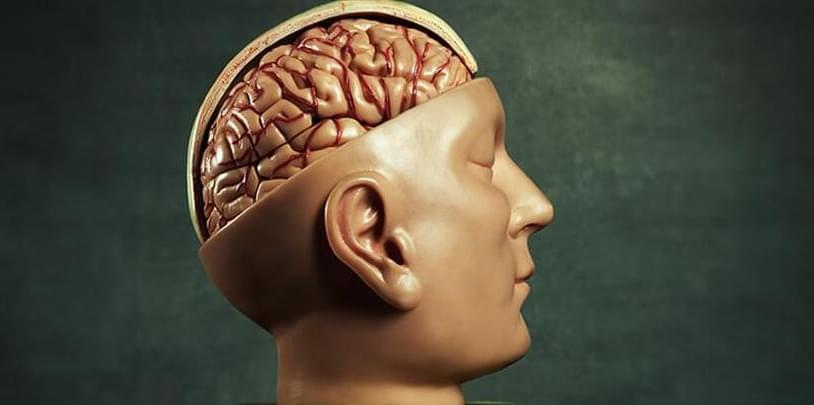In recent years, artificial intelligence technologies, especially machine learning algorithms, have made great strides. These technologies have enabled unprecedented efficiency in tasks such as image recognition, natural language generation and processing, and object detection, but such outstanding functionality requires substantial computational power as a foundation.
In an era where the quest for sustainable energy sources has become paramount, researchers are tirelessly exploring innovative avenues to enhance fuel production processes. One of the most important tools in converting chemical energy into electrical energy and vice versa is electrocatalysis, which is already used in various green-energy technologies.
Combining results of laboratory studies on the infra-red glow of carbon molecules in simulation software has led a team of researchers to a new discovery about the creation of spherical carbon ‘cages’ called fullerenes.
Given these molecules could have protectively carried complex compounds through the harshness of interstellar space, the findings could have implications for how life arose on Earth, and beyond.
Following the confirmed detection of fullerenes surrounding the dusty surrounds of dying stars called planetary nebulas in recent decades, researchers have pondered the process that led to their creation.
MIT Department of Physics.
77 Massachusetts Avenue.
Building 4, Room 304
Cambridge, MA 02139
617–253‑4800.
It remains a fascinating system for astronomers because the protostar and its protoplanetary disk are estimated to be no older than 5.5 million years — a cosmic infant compared to our 4.5-billion-year-old solar system.
“PDS 70 is special, as it is the only protoplanetary disk so far where all astronomers agree that we have found forming planets caught in the act,” Christiaens said. “Detailed study of this system has thus allowed us to learn a lot about planet formation.”
The researcher said that little is known about the properties of the potential third planet around PDS 70 thus far. The planet — which, if confirmed, would be designated PDS 70D — appears to be shrouded in a vast amount of dust, and it orbits its infant star at around 13 times the distance between Earth and the sun.
The 3,200-megapixel LSST camera is the size of a compact car and weighs in at 3 metric tons, which is about half the weight of a male African bush elephant. The LSST’s wide-field view will attempt to solve lingering mysteries surrounding dark energy, the force that accounts for around 70% of our universe’s matter-energy content and causes the expansion of the cosmos to accelerate.
The LSST will also investigate dark matter, the mysterious substance that accounts for around 85% of all stuff in the cosmos despite being invisible to us, as well as answer other astronomical questions as it creates what Željko Ivezić, Director of Rubin Observatory’s construction, describes as the “greatest movie of all time and the most informative map of the night sky ever assembled.”
The rover will spend months exploring the Gediz Vallis channel, which could contain clues to the history of liquid water on Mars.
Galaxies start life with their stars rotating in an orderly pattern but in some the motion of stars is more random. Until now, scientists have been uncertain about what causes this—possibly the surrounding environment or the mass of the galaxy itself.
In the burgeoning field of AI and cybernetics, we stand at the cusp of a paradigm shift—a reimagining of the foundational principles that underpin our understanding of reality itself. This article delves into the tenets of the Cybernetic Theory, of Mind (CTM), a model that amalgamates the rigor of science with the vast potentialities of consciousness (observer-dependence, causality, teleology, phenomenality), offering a novel lens through which to view the mechanisms of mind and matter. As we explore these principles, we uncover a framework that transcends traditional boundaries, positioning consciousness as the bedrock of existence and viewing the universe not merely as a collection of separate entities but as an interconnected web of information processing and exchange. This new ontological model invites us to reconsider not just the nature of human thought and machine intelligence but also the very essence of what it means to be, heralding an era where the cybernetic fusion of technology and human mind shapes our future.
The neurosurgeon Sergio Canavero announced in 2015 that he could soon be capable of performing the world’s first human head transplant procedure. This would mean that it would be possible to remove someone’s head, and graft it onto the neck and shoulders of another person. As of yet, this has only been performed on cadavers and not on living humans.
But suppose you want to keep the face that you’ve already got? Or have grown tired of the body you inhabit? Could it ever be possible to switch brains between bodies instead?
Emma Stone recently won her second Oscar for her performance in the brilliantly surreal comedy Poor Things. In the film, Stone’s character, Bella Baxter, receives a brain transplant from her surviving unborn child after killing herself. The surgery is performed by experimental scientist Dr Godwin Baxter (played by Willem Dafoe).
